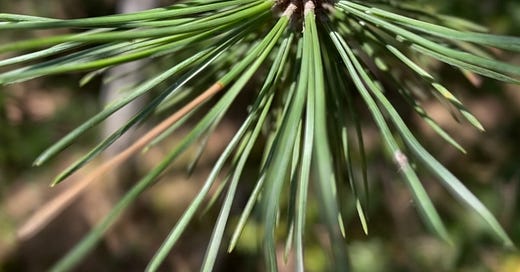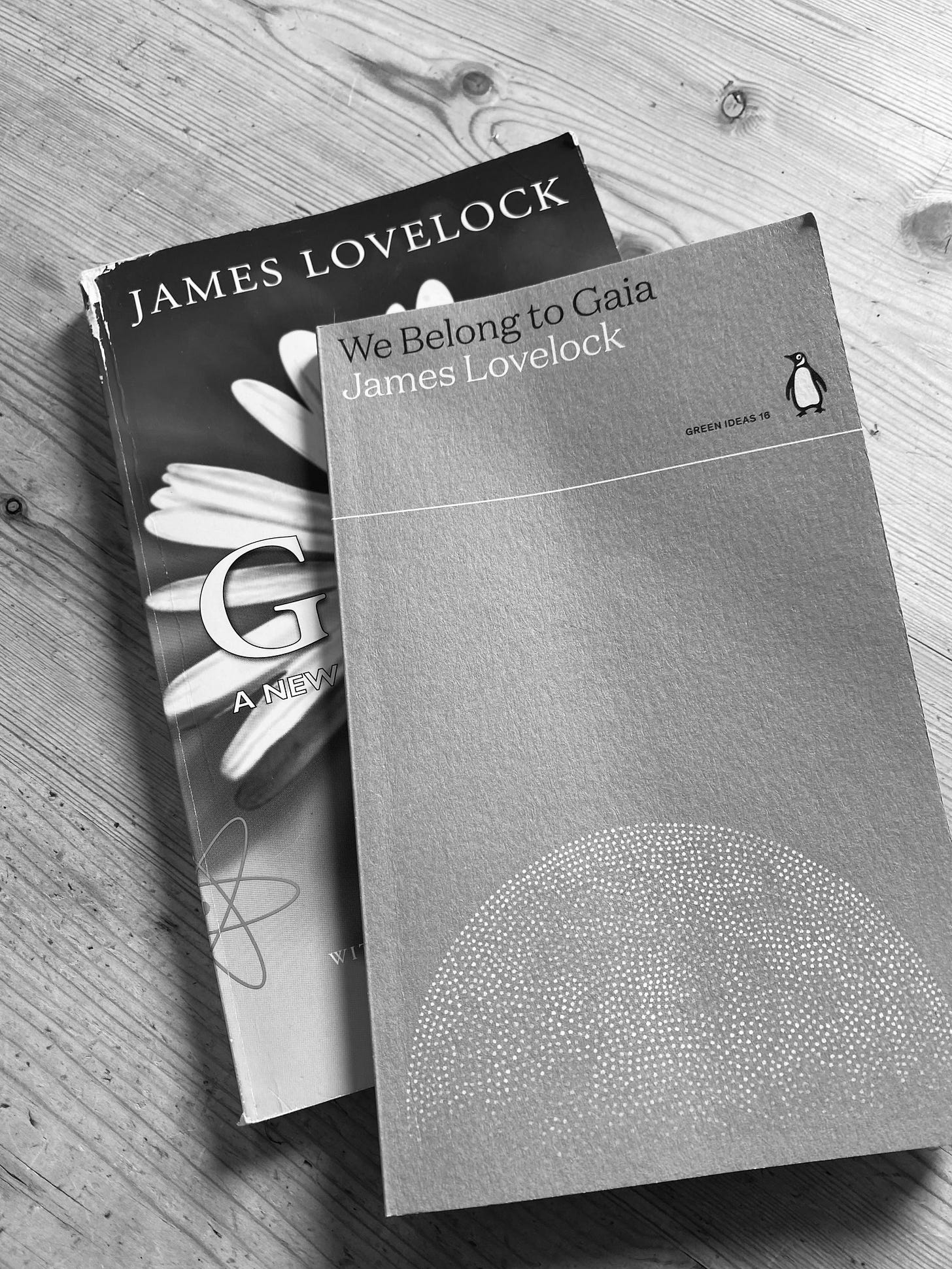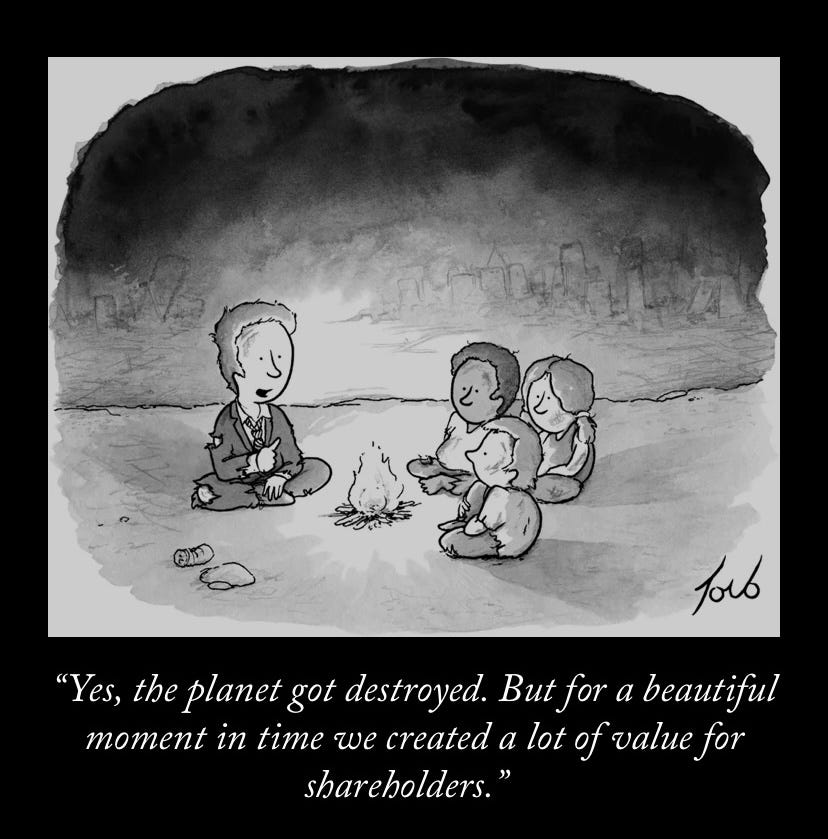Welcome to Regen Notes - joining regenerative dots and spaces between.
The passing of James Lovelock on his 103rd birthday, 45 years after the publication of his profoundly significant work, gave good cause to me, and I am sure many others, to revisit and celebrate his Gaia Hypothesis.
Gaia
With the Gaia Hypothesis (1979), James Lovelock, scientist, author and inventor, challenged and changed our understanding of humans' place on the planet, where we had come from and where we may be heading. Although best known for Gaia, he was an innovator and scientist across many fields, some aspects may not have found support amongst all, such as his support for a nuclear future, but each approached with an urgency of potential and possibility.
Although not entirely a new concept, particularly to indigenous peoples (see Robin Wall Kimmerer's creation story Skywoman Falling), the Gaia Hypothesis emphasised the symbiotic relationship that we humans have with the planet, that we evolve together in a self-regulating system that in turn sustains life.
The Gaia Hypothesis, although written by a scientist was very much accessible to non-scientists, and so kicked started much debate, equally called "a new science: or "a new age hippy-ness". Yet at that time (as an undergrad aware of my mind exploding with so many ideas) it was hugely influential in shaping my thinking and life perspectives that, as I know with many others, over the years has led to a career in environmental, sustainability and regenerative thinking, support and practice.
The Gaia Hypothesis was way ahead of its time with the idea that all life on earth is a self-regulating community, an ecosystem of organisms interacting with each other, a symbiosis delicately and vitally in balance.
But a balance that has been kicked out of shape over recent decades by our human degenerative activity.
It is this holistic, nested, connected and balanced view that is at the heart of current regenerative thinking and regenerative living building frameworks such as the Living Building Challenge
As I emphasised in The Regenerative Playbook.1
Regenerative. Sounds Good. But What is it?
A perspective that recognises ourselves as part of not apart from nature, firmly connected with earth systems. It is primarily concerned with the essence of life, creating the conditions that enable all life to thrive
In the Guardian review on his passing, James Lovelock is quoted
“My main reason for not relaxing into contented retirement is that like most of you I am deeply concerned about the probability of massively harmful climate change and the need to do something about it now,”
In We Belong to Gaia, (a condensed reprint from The Revenge of Gaia in the Penguin Green Ideas Classic series), Lovelock quotes the poet Edna St. Vincent Millay
My candle burns at both ends
It will not last the night,
But oh my foes, oh my friends
It gives a lovely light
As Lovelock continued his work and agency on climate change matters into his 102nd year, it is a light that kept him focused, and will be an inspiration to us all involved in climate crisis activity to reflect on what a lovely light we have to live with.
As Lovelock will not see the final results of his work, we may not see ours. But as Solitaire Townsend reminded us in a recent post, (How to Stay Sane in Sustainability) many involved in the environmental, social, cultural and political struggles over time have not seen theirs.
But then better to live on the side of positive change, the right side of history such that we can look back on working within a lovely light. Yet in all this, I am reminded of the New Yorker cartoon that regularly makes its rounds across social media.
See Also.
Conversations with James Lovelock, the scientist at the end of the world
Coming Soon.
F U T U R E G E N E R A T I V E - Working towards a new potential.
If you have viewed or read The Regenerative Playbook we would love to have your thoughts, comments and insights on this short feedback form. Thank you.





